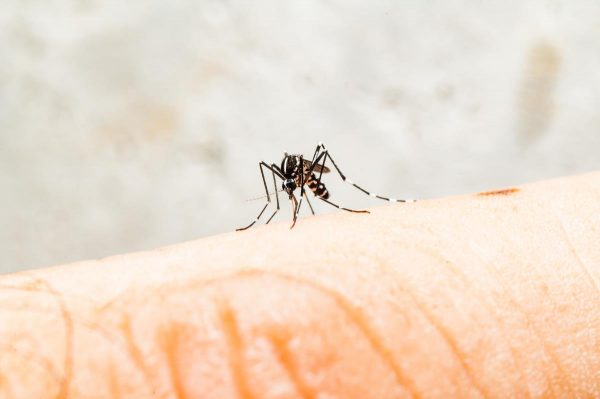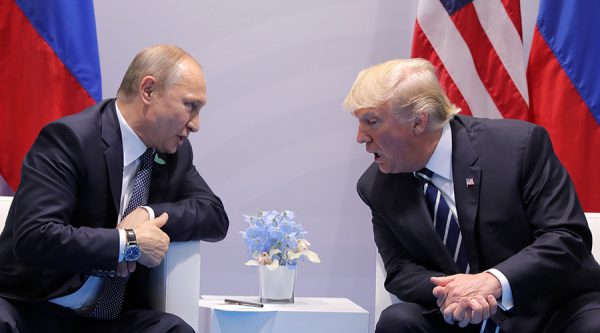 Parler
Parler Gab
Gab
- President Donald Trump has announced a 25 percent tariff on Indian goods, escalating trade tensions. India vows to protect its farmers and businesses, refusing to sacrifice domestic interests for aggressive U.S. demands.
- India's heavily protected farming sector (employing 40 percent of its workforce) is a major sticking point. The U.S. wants India to open its markets, but India fears that cheap American imports could harm its farmers.
- Trump uses tariffs as leverage, accusing India of high trade barriers and buying Russian oil and military equipment. He hints at more penalties, framing tariffs as a way to benefit U.S. jobs.
- India's rupee dropped after the announcement, raising concerns about economic instability. Opposition critics blame the government for failing to secure a better deal, while officials insist on protecting farmers and small businesses.
- Negotiations aren't completely dead, but India may retaliate with its own tariffs or walk away. A resolution seems unlikely before the Aug. 1 deadline, risking long-term damage to U.S.-India trade relations.
Farmers at the heart of the dispute
The biggest sticking point in negotiations has been agriculture, a sector that employs over 40 percent of India’s workforce and holds enormous political sway. Successive Indian governments have shielded farmers with subsidies and import restrictions, fearing that opening the market to U.S. agribusiness giants could trigger widespread rural distress. Trade Minister Piyush Goyal reiterated in Parliament that protecting farmers and small businesses is non-negotiable. "The government attaches the utmost importance to promoting the welfare of our farmers, entrepreneurs and MSMEs [micro, small and medium enterprises]," said Goyal. The opposition has seized on the issue, accusing the government of failing to secure a favorable deal and leaving the economy vulnerable. The rupee slumped following Trump’s announcement, reflecting market jitters over the potential economic fallout. This latest escalation fits Trump's broader trade strategy of using tariffs as leverage to extract concessions while framing them as a way to boost American jobs and offset budget deficits. Earlier this year, his administration imposed a 26 percent tariff on Indian goods as part of sweeping "Liberation Day" measures targeting multiple countries, though enforcement was delayed until Aug. 1. (Related: Health Ranger Report: Andy Schectman on Trump’s strategic moves and the looming financial shift.) Economists warn that such policies could backfire, driving up costs for U.S. consumers and businesses while sparking retaliatory measures. There are also concerns that more tariffs could follow, not just on India but on pharmaceuticals, semiconductors and other nations trading with Russia. Kevin Hassett, director of the White House National Economic Council, hinted that additional Russia-linked tariffs on India may be announced soon. Meanwhile, U.S. Treasury Secretary Scott Bessent expressed frustration with New Delhi, suggesting the ball is now in India's court to salvage a deal.Will trade talks continue?
Despite the harsh rhetoric, negotiations haven't completely collapsed. Indian media reports suggest both sides were close to an interim agreement before Trump rejected it, deeming the terms insufficient. Former Indian Foreign Secretary Kanwal Sibal described Trump's approach as "pressure tactics." According to him, the real estate mogul had already pushed through what he called "one-sided deals with the EU and Japan. Sibal also disputed Trump's claim that the U.S. does "little" business with India. He pointed out that bilateral trade exceeded $132 billion last year, making Washington New Delhi’s largest trading partner. With the Aug. 1 deadline looming, India faces tough choices. It could retaliate with its own tariffs, risking further economic strain, or seek concessions to ease tensions. Either way, the Indian government’s priority remains clear – protecting its farmers and businesses, even if it means walking away from the negotiating table. Visit Trump.news for more stories about Trump's plans to boost the U.S. economy. Watch the Health Ranger Mike Adams and Andy Schectman discussing how Trump is going to collapse the dollar to save the bond market. This video is from the Health Ranger Report channel on Brighteon.com.More related stories:
Trump warns BRICS over dollar challenge, threatens 10% TARIFF on member nations. Brazil defies Trump, strengthens BRICS ties amid tariff threats. EU submits to 15% Trump tariffs in new U.S. trade deal. Sources include: RT.com APNews.com Reuters.com Brighteon.comChina’s heavy-handed crackdown on chikungunya outbreak sparks controversy
By Ava Grace // Share
Trump administration prioritizes fiscal responsibility over Big Government climate science
By Willow Tohi // Share
Trump threatens federal takeover of Washington, D.C. over rising youth crime
By Laura Harris // Share
EEOC sues Mayo Clinic over alleged religious discrimination in COVID-19 vaccine mandate
By Belle Carter // Share
Trump tariffs axe $12B from auto giants — industry braces for “fragmented future”
By Willow Tohi // Share
Governments continue to obscure COVID-19 vaccine data amid rising concerns over excess deaths
By patricklewis // Share
Tech giant Microsoft backs EXTINCTION with its support of carbon capture programs
By ramontomeydw // Share
Germany to resume arms exports to Israel despite repeated ceasefire violations
By isabelle // Share










